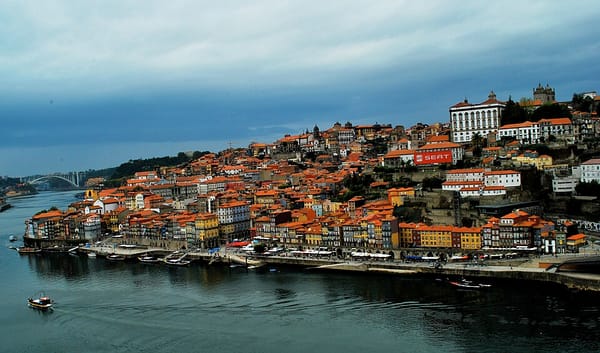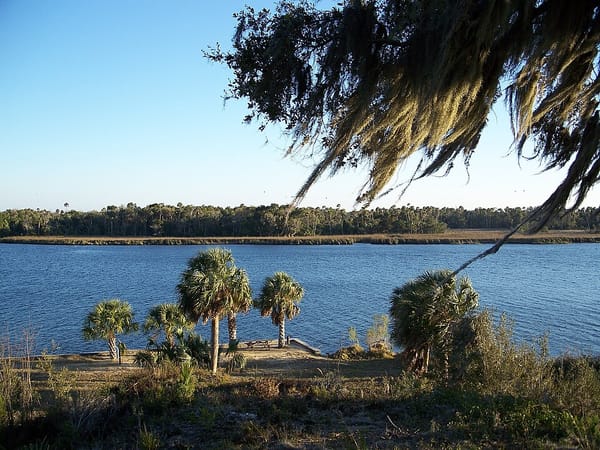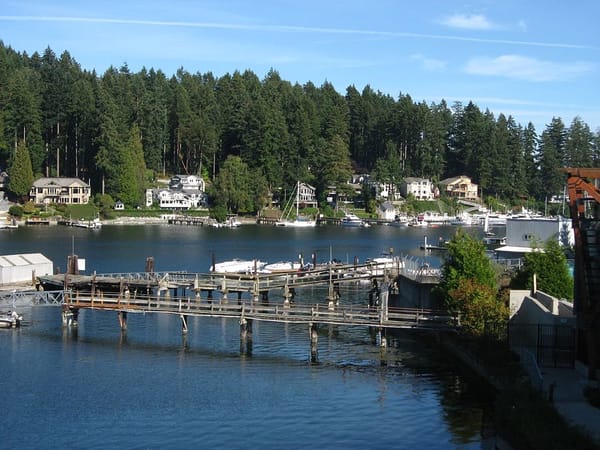Invasive Species: What to Watch Out for While Boating in the St. Lawrence River
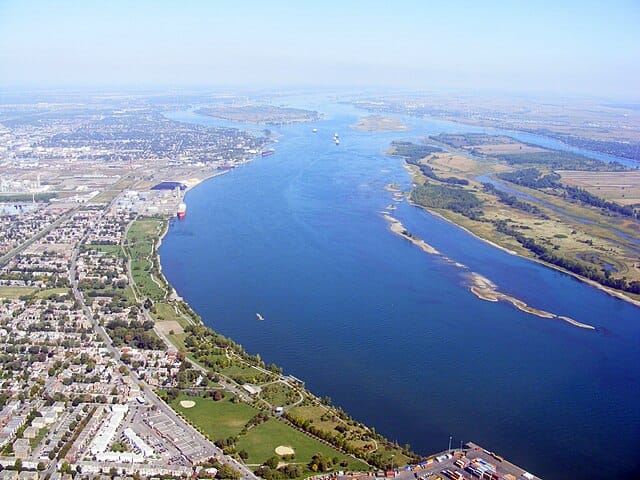
Invasive species in the St. Lawrence River pose a significant threat to the ecosystem and biodiversity of this vital waterway. Like many other aquatic ecosystems around the world - including the Chesapeake Bay, Lake Tahoe, the Great Lakes and the Atlantic Ocean - the St. Lawrence River has been impacted by the introduction of non-native species, which often outcompete native species for resources, disrupt food webs and alter the balance of the ecosystem.
The St. Lawrence River begins at Lake Ontario and flows northeast through Montreal to the Gulf of St. Lawrence (the largest estuary in the world). It connects the Great Lakes to the Atlantic Ocean and makes a terrific day on the water. You’ll just want to avoid invasive plants and marine animals if at all possible.
Let’s check out some of the invasive species to be aware of while cruising this waterway or docking at a private boat dock rental.
Zebra Mussel
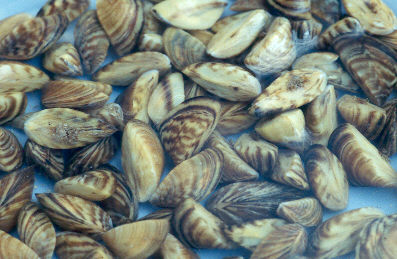
Photo: Wikimedia/Amy Benson/CC by SA 1.0
As in many other waterways, one of the most notorious invasive species in the St. Lawrence River is the zebra mussel (Dreissena polymorpha). Originally native to the Caspian Sea region, zebra mussels were introduced to North America in the late 1980s through ballast water discharged from ships. Since then, they have spread rapidly throughout the Great Lakes and their connected waterways.
Zebra mussels proliferate rapidly and form dense colonies, attaching themselves to hard surfaces such as rocks, docks and boat hulls. Their filter-feeding behavior can have detrimental effects on native mussel populations and alter water quality by consuming plankton and other microscopic organisms.
Round Goby
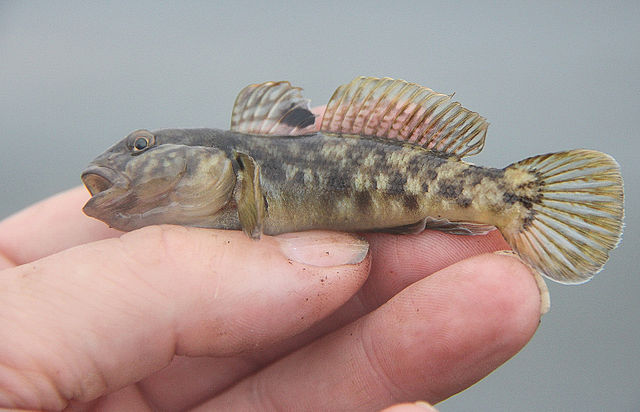
Photo: Wikimedia
The round goby (Neogobius melanostomus) is native to the Black and Caspian Seas. It was likely introduced to the Great Lakes in the 1990s through ballast water or by way of bait bucket releases. These aggressive fish outcompete native species for food and habitat. They have been implicated in the decline of certain fish populations, including native sculpin species.
Eurasian Watermilfoil
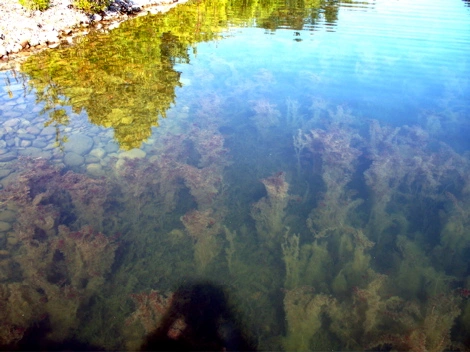
Photo: Wikimedia/Fungus Guy/CC by SA 3.0
The Eurasian watermilfoil (Myriophyllum spicatum) is another invasive species that has established itself in the St. Lawrence River. Introduced through the aquarium trade, this invasive plant forms dense mats that can crowd out native aquatic plants and disrupt recreational activities such as fishing and boating from private boat slips for rent.
Spiny Water Flea
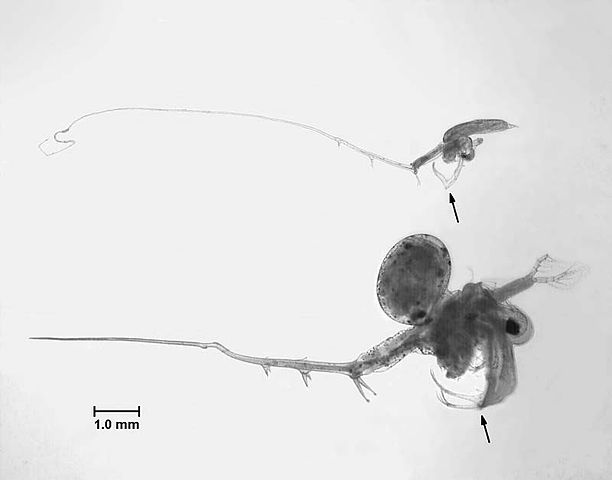
Photo: Wikimedia/NOAA/Public Domain
Another invasive species to be aware of at private boat lift rentals is the spiny water flea. Native to Eurasia, this minuscule crustacean has rapidly multiplied, outcompeting native species for resources and disrupting the food chain. With long spines and a voracious appetite, it preys upon smaller zooplankton. Its presence can alter water clarity and quality, which affects recreational activities and fisheries. Efforts to control its spread involve monitoring programs and public awareness campaigns.
Sea Lamprey
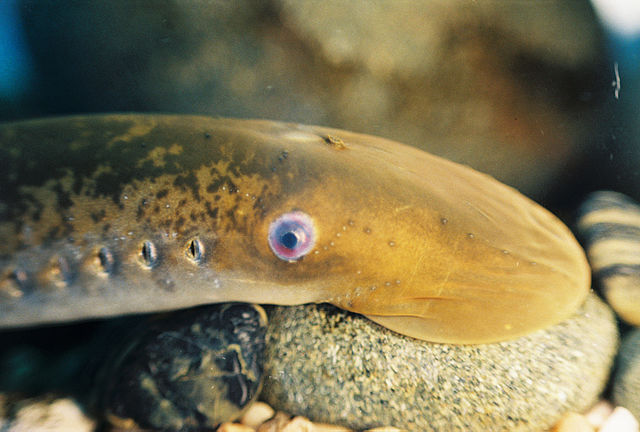
Photo: Flickr/NOAA/CC by SA 2.0
The sea lamprey poses a significant threat to the ecosystem. Originating from the Atlantic Ocean, these parasitic fish entered the Great Lakes through man-made canals. With a suction cup-like mouth lined with sharp teeth, they latch onto other fish, draining their blood and weakening them. This predatory behavior disrupts the balance of the aquatic food chain, impacting commercially important fish populations like trout and salmon. Efforts to control their spread involve barriers, traps and chemical treatments.
Common Reed
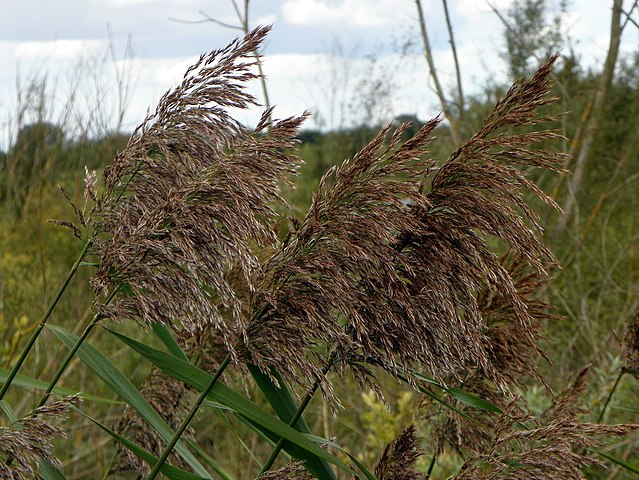
Photo: Flickr/Peter O'Connor/CC by SA 2.0
The common reed (Phragmites australis) poses a significant threat as an invasive species. Originally introduced for erosion control, its aggressive growth outcompetes native vegetation, reducing biodiversity and altering habitat dynamics. This disrupts the natural balance, impacting wetland functions crucial for various wildlife species. The dense stands hinder recreational activities, impede water flow and exacerbate flood risks. Efforts to control its spread involve manual removal, herbicide application and restoration projects aimed at restoring native plant communities.
Now that you know some of the common nuisances in the St. Lawrence River, be sure to follow proper maintenance and protocol to avoid transporting invasive species back to the marina or private boat dock rental. Happy boating!
